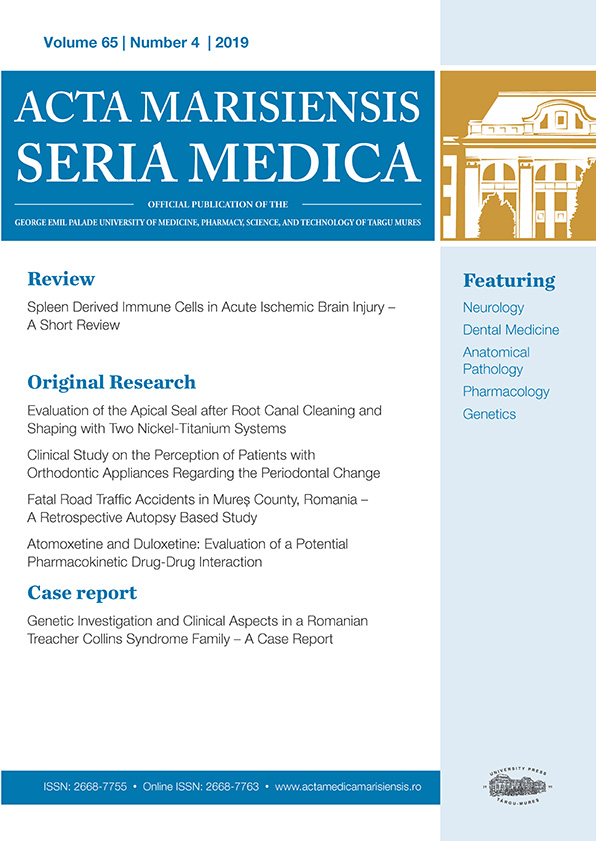The effects of pearl oyster shell-derived bone grafts on TNF-α levels: an in vivo study in Cavia porcellus
Abstract
Objective: This study aims to assess the effect of bone graft materials derived from pearl oyster shells on the tumor necrosis factor-alpha (TNF-α) level. Methods: This research utilized a bone graft containing hydroxyapatite Pinctada maxima (HPM) powder obtained from pearl oyster shells. Material testing was conducted on 30 male guinea pigs aged 8-10 weeks, divided into three groups: the negative control group, the group treated solely with HPM, and the group treated with HPM combined with platelet-rich fibrin (PRF). Each treatment group was observed for 7 and 14 days. The results were analyzed using One-way ANOVA with a significance level of p<0.05. Results: The findings demonstrated a decrease in the average TNF-α levels across all groups. On observation days 7 and 14, the HPM group exhibited a significant difference compared to the negative control group, indicating reduced TNF-α levels. However, no significant difference was observed when comparing the HPM group with the HPM and PRF groups. Conclusions: Bone grafts derived from pearl oyster shells possess high levels of hydroxyapatite, and the addition of PRF into the bone graft effectively reduces TNF-α.
Copyright (c) 2024 Sri Oktawati, Nurlindah Hamrun, Muthmainnah Muthmainnah, Dian Setiawati, Andi Sitti Hajrah Yusuf

This work is licensed under a Creative Commons Attribution 4.0 International License.









